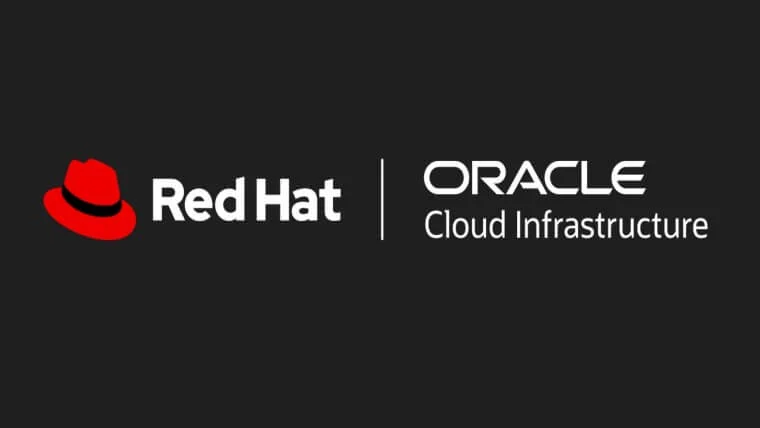In tough times, cloud applications can be a relief instead of a regret.
Businesses that are thriving now are in large part the ones that had already embraced digital subscription models, transactions that flow without intervention, and remote workforces. These measures helped them during the pandemic as customers pivoted to online commerce in greater numbers and offices shut down.
Many of these companies also had a resilient financial and operations software platform to plan and forecast quickly, close books remotely, and adjust their business models in response to changing customer behaviour.
Over the summer, I was part of a webcast series with McKinsey & Co. and the Association of International Certified Professional Accountants, designed to help corporate finance teams manage through the coronavirus crisis. We benchmarked how CFOs’ teams were responding to McKinsey’s “five R” March prescription for helping companies move beyond the effects of the pandemic: resolve; resilience; a return to normal operations, reimagination of costs and consumer behaviour; and the reform of public health policy, reserves of key supplies, and education.
I’d like to add two more ‘Rs’ to McKinsey’s list: The ‘regret’ felt by businesses not using cloud computing software when the pandemic hit, and the ‘relief’ of those who had moved and were able to close books remotely, model emergency scenarios, and pivot toward growth.
We have been able to assist customers who had made the switch to cloud ERP much more rapidly by extending free software to some organisations. For example, we offered for free our financial planning, scenario modelling and workforce health and safety offerings during COVID and unlocked new features for others. The efforts went far beyond traditional technology partnerships.
Successful customers such as FedEx, Western Digital, and McDonalds Company Ltd. Germany automated financial transactions to give executives real-time numbers for instantaneous decisions. They were able to steer forward during unpredictable times, taking advantage of business processes infused with AI, focussed on gleaning insights and fostering collaboration.
Defining the next decade
Companies are wondering how they should respond to the pandemic in their technology planning. Spoiler alert: they should accelerate and double down on cloud computing strategies, Simply extending on-premise partnerships into the cloud without a deep look under the hood can cost them dearly.
This choice of cloud ERP system impacts every part of a business. Yet its potential benefits – changing business models at an unprecedented pace, while automating mundane processes, can only be achieved if all the parts are engineered on a common data model, as a suite. That means vendors shouldn’t make innovation – whether it’s injecting machine learning into business processes or adding blockchains to transactions — a sidecar. It needs to be an integral part of the applications.
In the best case, technology works ambiently in the background; a user should never know they’re using machine learning, for example.
That’s true not just at the application layer of a technology stack – the entire offering matters. That includes the way software gets provisioned to users. Every advance in security, speed, and features should reach employees. Information should flow seamlessly using a common data model. Business users need to enable conversations, predictions, and guidance — not just backward-looking insights.
McKinsey considers 89 percent of the corporate finance function is capable of being automated, which would bring companies closer to the vision of closing the books in real time. Connecting front and back office functions is critical for getting there.
Businesses might be inclined to pick one software vendor for a customer-facing service package, then tie it to their back-office applications. This is a perfect example where companies should take a step back and look at just how intertwined the processes really are. The best customer experiences hinge on supply chain, billing, revenue stream modelling, and delivery – all connected, all requiring data to flow seamlessly. Business processes don’t stop at application boundaries, so a data strategy is of the essence, especially as more and more sources come online.
Anyone who compares the ERP approaches of the past with a modern, cloud-based ERP platform needs to have a close look at what’s changed. Hosting on-premise applications in the cloud won’t provide the fundamental change needed to shape the next decade of growth we all hope to embark on coming out of this pandemic.
Real, public cloud-based solutions, where innovation is an integral part of the deal, are going to be fundamental to success.
Avoid the ‘cloud hairball’
I’ve been in the IT industry for close to 25 years. I’ve spent a lot of time on customer sites and have seen how some companies moved from mainframes to client-server architectures, extending customisations to make them fit. Over time I’ve witnessed the pendulum swing from best-of-breed approaches, to market consolidation, to integrated suites.
I recently spoke with the CIO of a top 25 global company and his management team. As we went through every line of their business functions and the cloud choices they’d made, I saw a clear manifestation of what I lovingly call the ‘cloud hairball’. That’s a complexity in infrastructure and applications, formed by isolated decisions and mingled with various choices of on-premise applications, integration software, big public clouds, and data warehouses – the entire gamut.
Sometimes this state of affairs is unavoidable, driven by mergers and acquisitions. But isolated business transformation attempts need to give way to sustainable, cloud-based transformation strategies that incorporate continuous innovation flowing from the platform to the applications.
Even established software vendors have fallen into the trap of amassing isolated best-of-breed cloud offerings, then trying to mix those products with hosted on-premise attempts. That’s how customers end up with a hairball – where integration flops and changes become expensive or impossible.
The other approach is to apply certain timeless engineering principles: designing and selling a complete software suite, built on one common data model. Customers get to pick their starting point and ensure they never hit a screeching dead end.
When customers buy into integrated cloud ERP, they expect their vendor to prevent costly integration, data warehousing that has to bridge different data models, and the security risks of having to align multiple various roadmaps with conflicting priorities.
Corporate Darwinism in the digital age has already been unkind to some, as we can see in the changing composition of the biggest stock indexes. Competition in the age of AI is going to be ruthless. Simply providing some capabilities as part of a cloud infrastructure offering isn’t enough; businesses need to question vendors on their plans to place AI directly into the applications they use daily.
When I ask business leaders about the last time they had an intelligent conversation with their ERP system, there are typically no hand raisers. Digital assistants can perform simple tasks, but carrying on a flowing conversation based on past interactions is another matter. Part of what motivates me is helping to connect data sources and applications in order to derive more intelligence for our customers, augmenting their ingenuity.
Continuously appreciating asset
Let’s take an example from the intersection of software and cars. I consider myself fortunate to have witnessed the rise of Tesla from the beginning. I watched the factory literally grow from my office desk, saw early prototypes curving around the Hillview Avenue premises, and got extremely lucky to test drive early on. I was hooked the first time I drove one. There’s a lot to be said for the driving experience and the fact that I haven’t visited a gas station in years. Even better are the over-the-air updates. Every so often when I get in my car there’s new functionality awaiting me: more battery power, an improved suspension, or the ability to read speed-limit signs.
That makes the car worth more to me than the price tag I paid years ago, a continuously appreciating asset. I invite you to think about cloud-based ERP the same way. Done right, with quarterly innovation updates, it becomes a strategic differentiator. Technology can indeed deliver relief instead of regret.
Juergen Lindner is senior vice president of marketing for SaaS at Oracle
ORACLE DID NOT PAY FOR THIS ARTICLE





